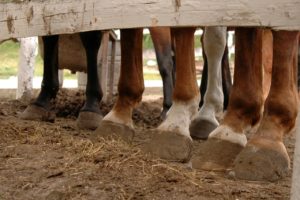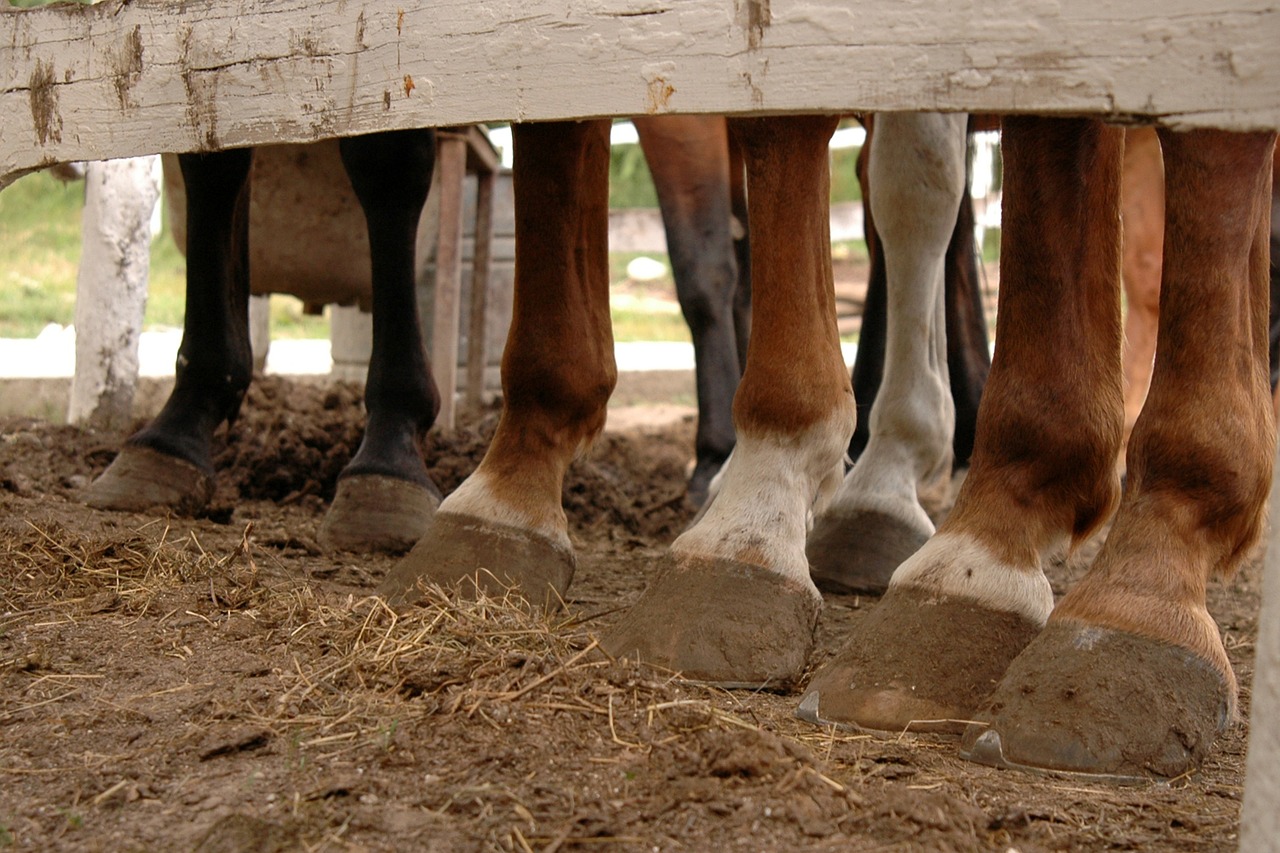
Q:
Hi, I’m just wondering whether you would mind explaining how toed-in conformation in a horse can be managed and what is the outcome of training a horse with this fault? Thanks! – Sarah
A:
Hi Sarah,
I have three general comments about conformation. First, there are few if any perfectly conformed horses; just about everyone has some conformational issue that is less than perfect. Next, some conformational problems are more likely to cause increased risk of negatively impacting performance or, worse, leading to soundness or lameness problems. Some examples of particularly bad faults include back-at-the-knee, offset knees, bucked knees, short up right pasterns, long sloping pasterns and cow hocks. Thirdly, level or severity of the conformational problem varies and impacts the level of concern for soundness. For instance, a horse with severely back-at-the-knee is going to have greater impact than one who is put together just a little bit back-at-the-knee. Assessing the conformation and determining it’s relevance to likely future soundness is also affected by the intended use. The greater the use in terms of intensity and frequency of work the greater impact poor conformation will have. Also look at the rest of the picture. Multiple conformational problems can have a compounded effect.
Regarding the specific issue of toed-in conformation, in general it does not bother me as much as the other conformation problems, like the ones mentioned above. Most toed-in horses paddle with the front feet and, although not attractive, functionally it has less impact that these others I’ve mentioned. Again, severity is a factor and extreme toed-in conformation, with deviation of the bone structure, will lead to greater wear and tear of the lower joints – coffin joint, pastern and fetlock.
I hope this helps.
Dave Sauter, DVM
Kulshan Veterinary Hospital

Dave Sauter is a Minnesota native and graduated from the University of Minnesota in 1987. Following graduation he interned at Rood and Riddle Equine Hospital in Lexington, Kentucky. After this internship, he continued to work exclusively with horses for another five years in Kentucky before moving out West and joining Kulshan Veterinary Hospital in Lynden, WA. He is a member of the AAEP, AVMA and the WSVMA. For more information about Kulshan Veterinary Hospital call 360-354-5095 or email drkulshan@msn.com. www.KulshanVet.com

